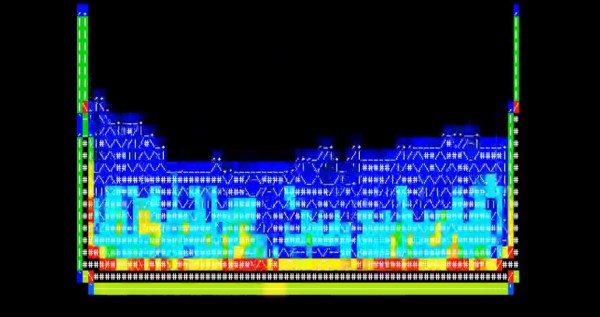Two billion downloads per week. That’s the download totals for the NPM packages compromised in a supply-chain attack this week. Ninety-nine percent of the cloud depends on one of the packages, and one-in-ten cloud environments actually included malicious code as a result of the hack. Take a moment to ponder that. In a rough estimate, ten percent of the Internet was pwned by a single attack.
What extremely sophisticated technique was used to pull off such an attack? A convincing-looking phishing email sent from the newly registered npmjs.help domain. [qix] is the single developer of many of these packages, and in the midst of a stressful week, fell for the scam. We could refer to the obligatory XKCD 2347 here. It’s a significant problem with the NPM model that a single developer falling for a phishing email can expose the entire Internet to such risk. Continue reading “This Week In Security: NPM, Kerbroasting, And The Rest Of The Story”














